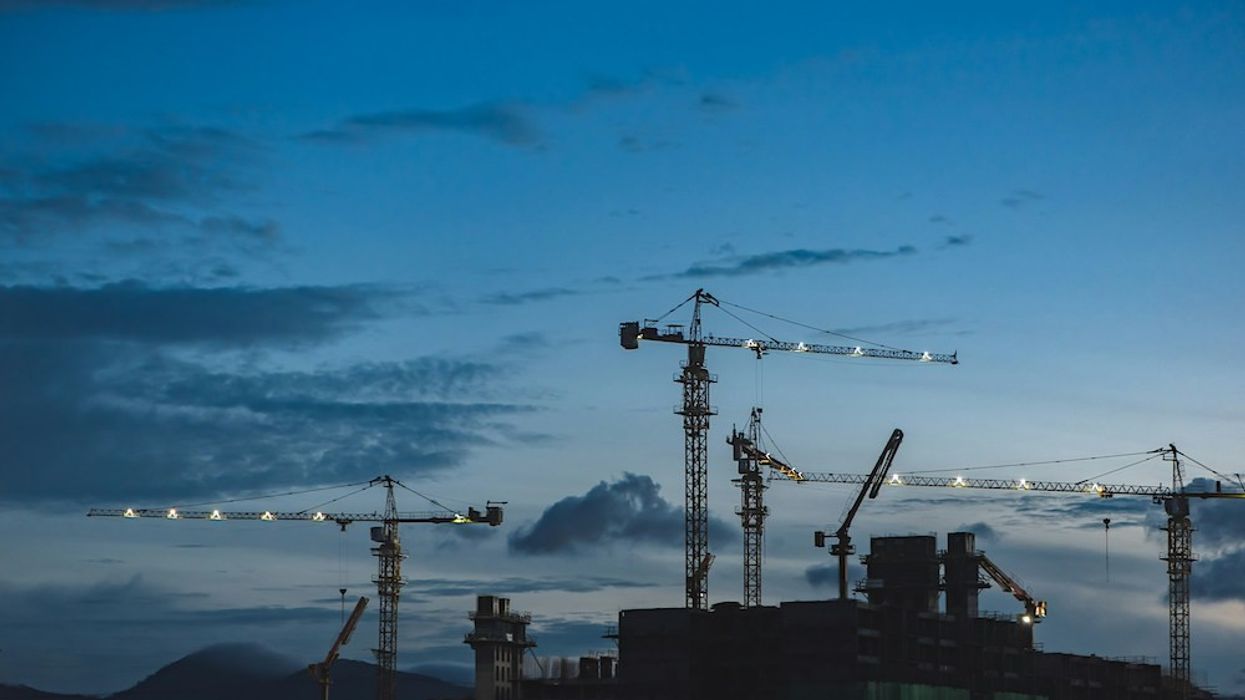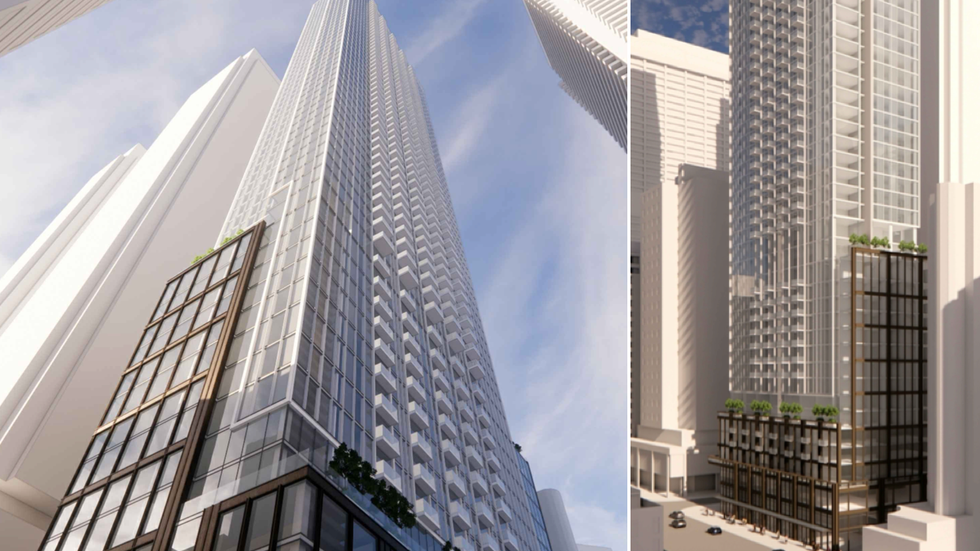If you live in a large Canadian city, it’s hard to miss the ever-present construction cranes that dominate the skyline. They're everywhere, with developers building frantically to meet the needs of our ever-growing population. But that ever-present construction cladding and the splashy “coming soon” signs also come with a downside: growing traffic issues, schools at capacity, and overburdened transit systems that simply can’t keep up with demand.
The Stonegate-Queensway neighbourhood in Etobicoke is a good example of a community that’s under heavy development – and struggling with the fast pace of change. Take a walk around the neighbourhood, and it’s barely recognizable from the quiet, low-rise 1950s suburb it was just 15 or 20 years ago. Over a dozen new developments are underway in just a few square kilometers, with tens of thousands more units slated for construction as infill projects maximize underused land to add density to a city in a housing crisis.
While more housing is urgently needed, the relentless push to build without a real plan is impacting the livability of these neighbourhoods. There’s little consideration for creating places where people can live through various stages in their lives, from young singles and couples, to families with kids, to retirees. Much of today’s new residential stock is focused on one unsustainable demographic: builders are flooding the market with small units that appeal to the investors who are funding these developments – without factoring in the people who will ultimately live there.
What Does This Mean For Residents?
The impact of growth on homeowners varies depending on location and municipality. In many places, city infrastructure – both physical and social – is failing to keep up with this dramatic growth. People are moving in, but the things they need for their everyday lives, like schools, transit, grocery stores, even wastewater infrastructure, are falling behind.
In Stonegate-Queensway, high-rise development is adding traffic congestion, overloading local transit and schools, and ultimately changing the face of this established community. On the other hand, the development has brought about some positive changes. An area that once had a decidedly suburban feel has become more cosmopolitan, with great restaurants and amenities moving in to cater to the denser (and increasingly younger) population. Who doesn’t like a great Mexican restaurant down the street, or go-to Friday night Thai?
Newmarket is another example of a city undergoing a very high level of development, with schools and other public institutions facing similar struggles as Toronto, with extra load forced on them. On the plus side, however, development has kickstarted major upgrades to roads, brought in dedicated bus lanes, and necessitated other improvements to traffic-related infrastructure.
Ultimately though, communities are struggling due to poor planning, lack of a long-term strategy, and a lack of vision on how to accommodate the massive influx of people we’ve been seeing for the last few years. One of the city's biggest failures is in not developing a sustainable public transit strategy. And while there's massive transit development underway now, it will be years before we will see any benefits.
READ: Is Now The Time To Drop Your Asking Price? An Expert Explores
In the 1960s and 1970s, developments were often called “planned communities.” Entire neighbourhoods were built from scratch with a holistic approach, factoring in roads and schools, green spaces and recreation facilities. These days, however, most developers – especially those building projects in developed areas – don't necessarily have the luxury of going in with a big-picture plan.
There are certainly exceptions to this rule: Lakeview Village in South Mississauga is a notable example of a thoughtfully planned community (though I'm not sure if traffic flow and transit around the site have been carefully considered). But in general, given all the costs associated with development, the focus these days is much more on achieving the highest possible density, and much less on developing an actual “community.” Which brings us back to the lack of planning, strategy and vision on a municipal level. Developers have been given too much control, and the result is an overburdened city where your kid can't go to the local school, and some days you can't squeeze onto a streetcar on your way to work because it's just too packed.
Is Development Putting Us At A Disadvantage?
There’s no simple answer. Cities change and evolve along with the people who live in them. Growth is unavoidable, especially with Canada’s high rate of immigration. Residents who resist densification are simply unrealistic. But there is a better way to go about creating the homes and communities we need. The solution lies in planning - a real strategy, stronger municipal and government oversight, better collaboration with developers, and even changing the funding model that forces developers to rely on investors.
Instead of reactively saying we need to build more homes and then giving developers carte blanche, we need to bring in a plan – one that puts people’s needs over investor preferences and considers the true impact of accelerated development.
______________________________________________________________________________________________________________________________
This article was produced in partnership with STOREYS Custom Studio.





















